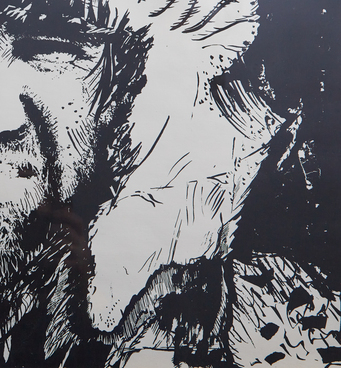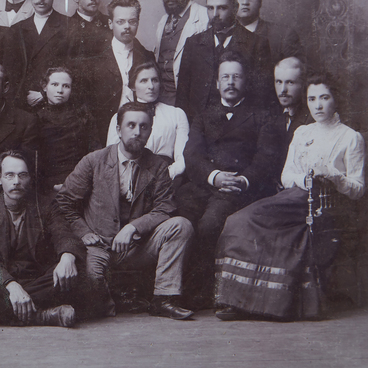One of the postcards housed by the Rusanov House Museum features grammar school for boys No.1 that Vladimir Rusanov finished.
The Oryol classical school replaced the main public school on March 17, 1808. The two-story stone building was built in 1796 specifically for the Oryol main public school, but it turned out to be quite suitable for a grammar school. However, in 1833 the grammar school expanded (according to the Charter of 1828) to have four classes. The building could no longer accommodate the increased number of boys, including the boarding school students. In 1850, 153 people studied at the gymnasium (of which 124 were children of the nobility). After three 1st-year parallel classes opened in 1861, there were already 244 people in it (of which 196 were nobles, 9 were from the clergy; the rest were from taxable estates). In 1861, the guard captain Nikolay Kireevsky, a nobleman from the Karachaevsky uyezd, donated money to expand the building.
Boys studied at the school for eight years. During the three senior years, they were educated in one of the two departments — philological or the department of mathematics and sciences. Nevertheless, the knowledge they obtained in each department was general and non-specific. The subjects included Orthodox Christianity, Russian, Latin, Greek, mathematics, natural science and physics, history, geography, German, French, drawing, drafting, and calligraphy.
According to the charter of grammar and preparatory schools (approved on November 19, 1864), they were divided into general and classical ones. On March 17, 1863, the Oryol grammar school became classical — seven-grades with an eight-year course of study (the seventh grade lasted two years). Graduates of classical grammar schools had the right to enter the university. In 1867, the Alexander Nevsky Church was arranged in the school building — the money was donated by Nikolay Kireevsky.
The high level of education that students received
resulted not only from classes but was also based on three gymnasium libraries:
fundamental, student and boarding ones. The school promoted learning by
assigning scholarships: there were scholarships funded by the emperor, the
guard colonel Nikolay Kireevsky, who donated 16,500 rubles, the merchant
Baikovsky, and others. There was no corporal punishment; the most common
penalty was “retention for one hour at the gymnasium after school with the
parents notified” for “speaking rudely” with a teacher or an educator.


